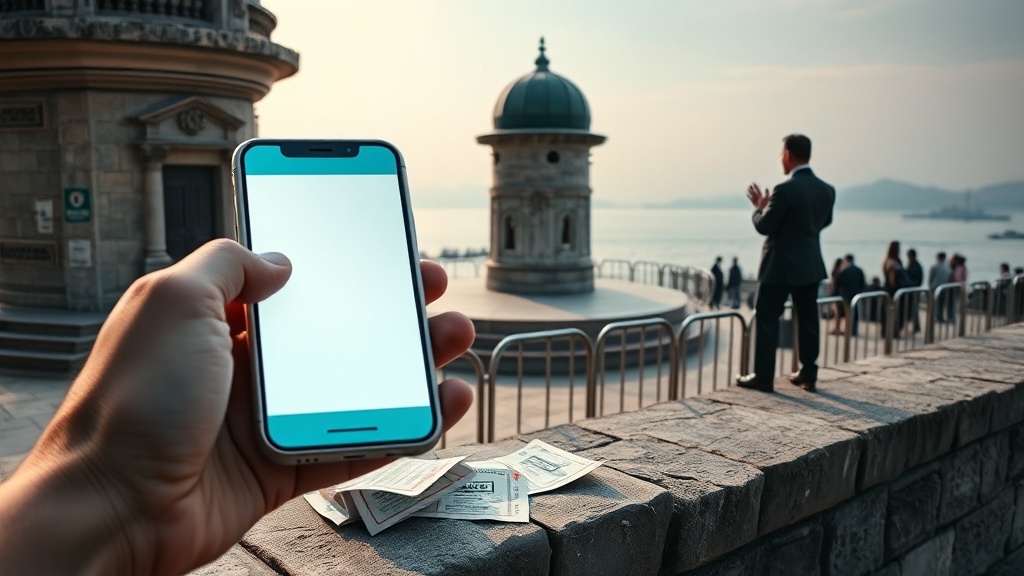The post included a date, a sign-up link, and step-by-step entry instructions, which raised expectations among fans and local residents.
However, the city of Gyeongju quickly issued a full denial and announced the information was false.
This episode raises fresh questions about how false claims that link celebrities to major international events spread, and about the role of official sources in stopping confusion.
G-Dragon Cheomseongdae performance controversy: what was true
Case overview
The basic facts are clear.
In late October 2025, the Asia-Pacific Economic Cooperation (APEC) leaders' meeting took place in Gyeongju, in North Gyeongsang Province, South Korea. (APEC is a forum for leaders and ministers from Asia-Pacific economies to discuss trade and cooperation.)
Online posts claimed that G-Dragon, a global K-pop star who serves as an APEC goodwill ambassador, would give a performance in front of Cheomseongdae as part of a welcome dinner tied to the summit.
Those posts listed a precise schedule, a link for prior registration, and detailed entry procedures — and they spread quickly among fans and local communities.
The city of Gyeongju declared those posts false and used official channels to state there were no such plans.
Although G-Dragon does work as an APEC promotional ambassador, the summit's official program did not include a Cheomseongdae performance.
Officials also confirmed that no legitimate pre-registration or sign-up process existed.
At the same time, a separate large fireworks show that had been discussed for the summit was canceled for security and safety reasons.
Official response
Gyeongju acted quickly.
The city published press statements on its website and social media and used municipal channels to deny the performance plans.
Officials asked citizens to refrain from sharing information that had not been verified.
City leaders explained in advance that some cultural events might be scaled back or canceled for security reasons.
Those explanations aimed to set realistic expectations about event operations.
While the official clarification helped limit confusion, discussions followed about how fast and how clearly authorities should communicate in such situations.

How the rumor spread and why
The causes were multiple.
The fact that G-Dragon is an APEC ambassador and that the summit was happening in Gyeongju created strong expectations.
When someone posted a message online with a detailed schedule and a sign-up process, it gained credibility and was shared widely.
Specific details can create a false sense of trust.
Fake posts often used edited photos, copied template posters, or repurposed information from past events.
The speed of social networks, community-sharing habits, and a culture of rapid information consumption create an environment where unverified items are easily rebroadcast.
Meanwhile, a relative delay in an official announcement left a gap that false claims quickly filled.
Fans and public reaction
Disappointment was widespread.
Some fans had made travel plans hoping to see a live appearance.
When the claims were exposed as false, reactions ranged from anger to resignation, while others praised Gyeongju for issuing a rapid correction.
Online responses mixed attempts to identify and condemn the rumor's origin with more reflective voices urging people to verify sources before sharing.
There were also opinions that respected the safety-based cancellations and asked the public to trust operational decisions made for security reasons.
Arguments for strict control
Blocking false claims makes sense.
False information can do more than spread incorrect facts; it can cause real-world disruption.
Unrelated claims about an official event can create sudden crowds in sensitive areas, putting pressure on security and emergency response systems.
For example, a large concentration of people in a narrow historic site could overwhelm crowd control and medical services.
Over time, repeated false posts can produce lasting misunderstandings rather than one-off errors.
From this point of view, Gyeongju's rapid effort to stop the rumor and provide accurate information was necessary to protect public safety and order.
Clear, repeated notices from official channels help prevent unnecessary travel and spontaneous gatherings.
On top of that, high-level summits are special because many foreign leaders and dignitaries are present; misinformation and rumors in that context can have serious consequences.
So, a regulatory or preventive approach by national and local authorities — especially when tied to security — is often argued to be justified.
Arguments against heavy-handed control
Freedom of expression matters too.
Online communities grew out of voluntary sharing and creativity.
Some people see the spread of false event news not only as malicious acts but also as expressions of fans' hopes and excitement.
Within fan culture, attempts to create moments of connection with artists are common, and exaggerated information can feed a kind of shared story or fantasy.
At the same time, stronger information controls risk shrinking civic conversation and free expression.
If local or national authorities gain broad powers to suppress content, legitimate criticism and grassroots information may also be chilled.
These concerns grow when the rules that govern information control are not clear.
Moreover, not every false claim causes social harm; rumors sometimes spark public debate and attention that lead to new engagement.
Supporters of this view say long-term solutions should focus on education and media literacy so citizens can verify information themselves rather than rely solely on top-down censorship.
In short, they argue for restraint, transparency, and tools to help people judge claims, rather than blunt suppression.
Comparing the two positions
The two sides emphasize different priorities.
Proponents of strict action prioritize safety and order. They want predictable event operations and argue that administrative notices, legal measures, and cooperation with platforms are necessary to curb misinformation.
On the other hand, defenders of free expression stress civic autonomy and worry that excessive control breeds opacity and distrust.
They prefer faster official communication, clearer transparency, and stronger public media literacy as ways to counter falsehoods.
Both positions try to balance practical risk and ideological values.
Looking at other cases, some cities managed to limit false claims by combining quick official notices with platform collaboration, which reduced public inconvenience.
Others focused on dialogue and transparency but faced early confusion that made later corrections harder.
Therefore, no single remedy fits all situations; a tailored mix of tactics works best.
Policy and operational takeaways
There are practical lessons.
First, timely official notices and quick corrections matter.
Second, designing events with safety and security in mind is essential, and authorities should explain those constraints openly.
Third, local governments should have prearranged cooperation with platform operators to remove or label false posts promptly.
Fourth, public education on media literacy and clear verification steps will help citizens check claims themselves.
Fifth, governments should set legal and administrative guidelines that balance free expression with public safety.
Those measures aim both to stop immediate confusion and to rebuild long-term trust.
In the short term they reduce chaos and protect safety; in the long term they help restore confidence between the public and authorities.
Internet ecosystem and responsibility
Responsibility should be shared.
Platforms, posters, and public agencies have different roles.
Platforms should offer technical and operational tools to slow harmful spread; users should take on the duty of checking sources; and official agencies must provide accurate information rapidly while avoiding overreach.
This case tests how responsibilities are divided in a digital age and whether those divisions can be implemented in practice.

Psychological and social effects
The emotional fallout was significant.
Fans' hopes and the sorrow of disappointment can trigger group identities and collective action.
An international summit also carries symbolic weight for the host region's tourism and local expectations, and false information can distort those hopes.
Conversely, transparent communication during confusion can strengthen trust.
Therefore, managing emotions and giving clear guidance are crucial to steady relations with the public.
Conclusion
The main point is simple.
Gyeongju has officially confirmed there were no plans for a G-Dragon performance at Cheomseongdae.
This incident shows how quickly false claims can create confusion and highlights the importance of official responses.
Security and safety constraints are legitimate operational limits, while freedom of expression and civic autonomy also deserve respect.
A balanced approach starts with fast fact-checking, transparent communication, cooperation with platforms, and education for citizens about how to verify information.
Finally, we leave the reader with a question: when public safety and individual sharing collide, which principle should come first for you?